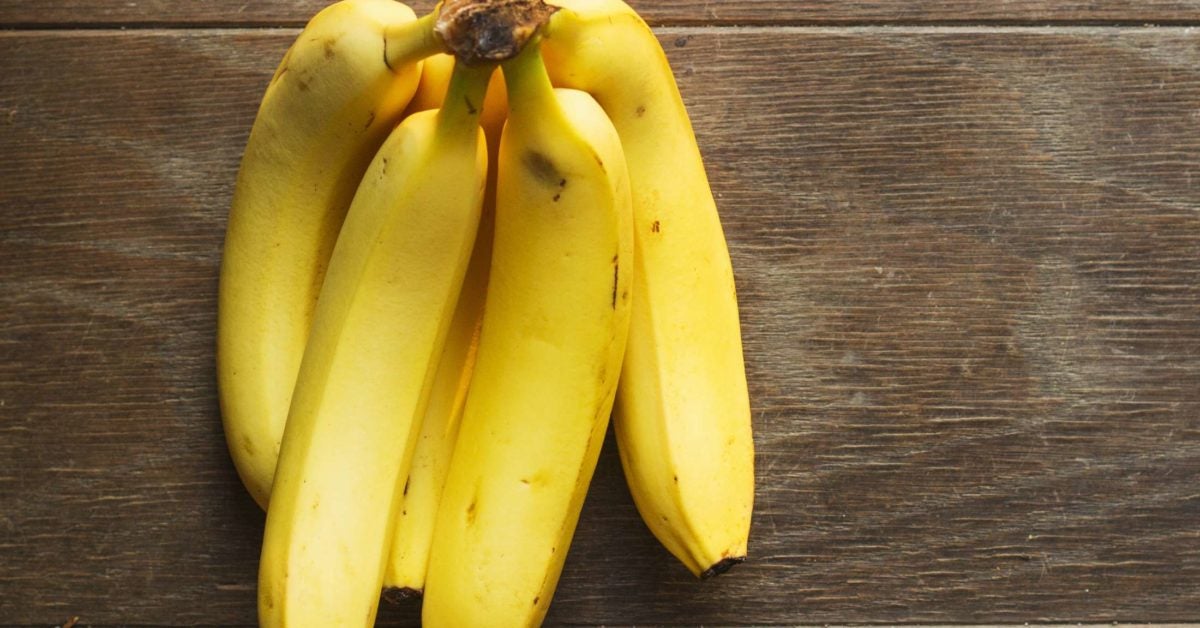What is Gut in the Human Body?

The human body is home to many bacteria, including gut bacteria. These bacteria are good for our health and help to break down our food. They also work throughout the body, promoting mental and physical well-being. The gut bacteria live in our digestive tracts, breaking down food and converting nutrients to things the body can use. These bacteria start to grow when we eat, but they will eventually stop growing once the food supply has been depleted.
The digestive tract
The digestive tract is the primary pathway through which food passes in and out of the body. It is lined with mucosal tissue, which secretes digestive juices and mucus that aid in propelling food through the tract. In addition, the GI tract contains smooth muscles, which contract and cause waves to flow down the tract. This helps the body absorb nutrients and expel waste products.
The digestive tract includes the esophagus, a muscular tube connecting the throat to the stomach. Muscle contractions push the food through the esophagus and into the stomach as food is swallowed. The muscles in the stomach and esophagus churn food together with digestive juices and acids to break food down into smaller pieces.
The GI tract comprises several large hollow organs, each with a layer of muscle inside. These muscles contract and relax, propelling the food through the GI tract and mixing the contents of the organs. The movement of the muscles in these organs is called peristalsis. This movement mimics the wave-like movement of the ocean.
The submucosa
The submucosa is a supporting layer that lies under the mucosa and contains blood vessels and lymphatics. It is composed of fibrous connective tissue. Its functions are varied and include serving as the support for the mucosa and transporting nutrients and fluids. It is also home to the enteric nervous system nerve cell bodies.
The submucosa comprises a network of thick collagen bundles intermittently lined with fibroblast-like cells. The bile duct is an example of a submucosa that drains to lymph nodes. It is supported by a complex network of collagen bundles anchored in the submucosa.
It is a significant component of the gastrointestinal system and contains about 100 million neurons. These neurons have unique sensory and interneuronal characteristics. The nerve cells are grouped into two plexuses: the myenteric plexus, located in the muscular layer, and the submucosal plexus, found in the submucosa. The submucosal plexus regulates the secretion of digestive fluids and reacts to the presence of food.
The epithelium
The epithelium of the human intestine regenerates itself daily. It is composed of stem cells that give rise to new IECs and migrate up the crypt-villus axis. Older IECs undergo apoptosis and shed into the intestinal lumen. The epithelium also contains enterocytes and paint cells.
The epithelium of the intestine is a single layer of cells that line the luminal surface of the large and small intestines. Its primary function is to act as a barrier to prevent harmful substances from entering the intestines and to prevent the passage of bacteria into the bloodstream. When this barrier is compromised, various diseases may develop.
The epithelium of the gut is the largest of the body's organs and plays a vital role in the functioning of the digestive system. There are two types of epithelium: stratified and pseudostratified. Squamous epithelium lines the blood vessels and regulates passage into the underlying tissue. Pseudostratified epithelium lines the digestive tract and contains microvilli and apical cilia.



